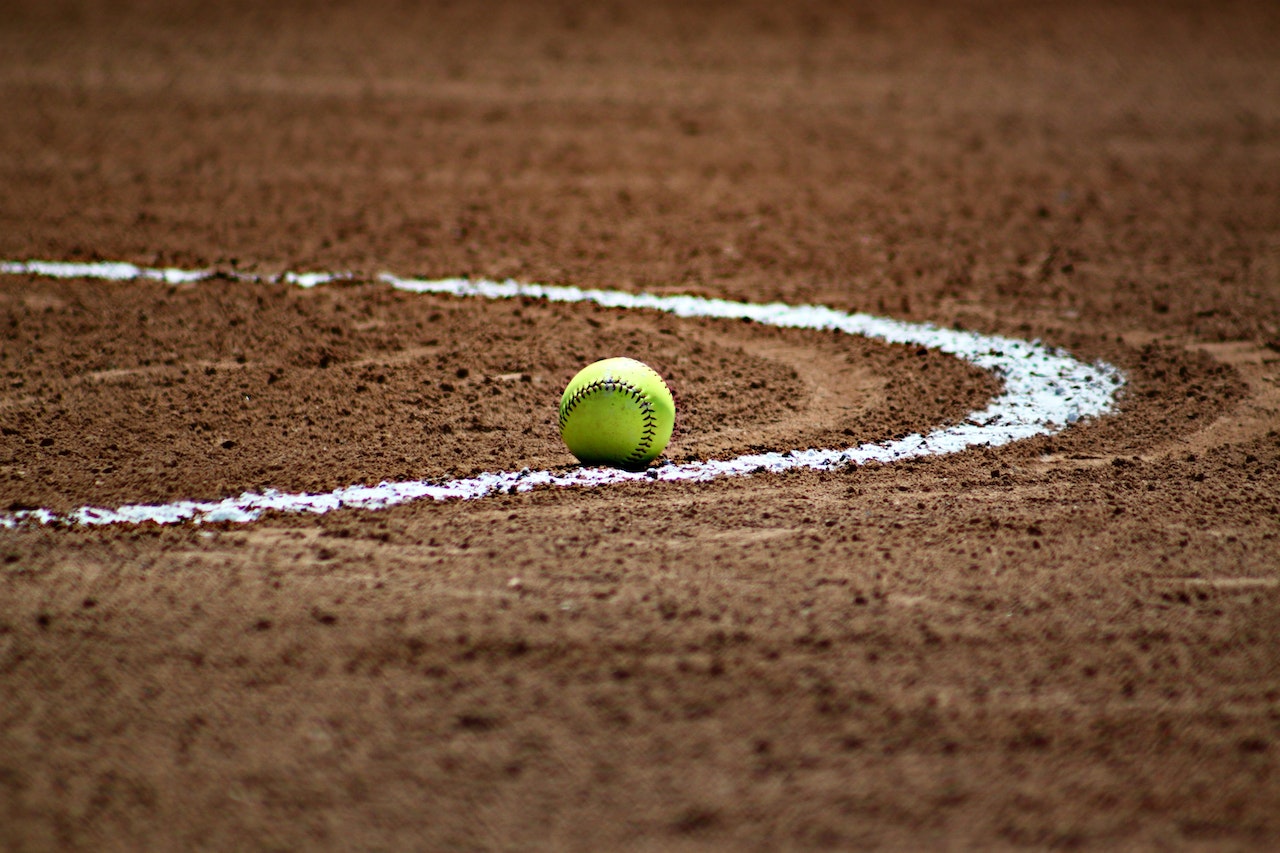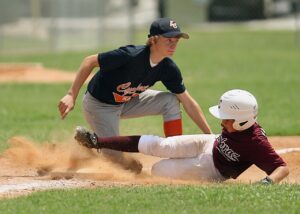The Most Debated Softball Rules Explained

Understanding softball rules is crucial for players, coaches, and fans alike. Not only does it ensure fair play, but it also enhances the overall experience of the game. Softball rules can be complex and sometimes subject to interpretation, which is why having a firm grasp on them is vital. One of the most frequently debated softball rules is the infield fly rule. This rule comes into play when there are less than two outs and there are runners on first and second base (or bases loaded). In such situations, if a fair fly ball can be caught by an infielder with ordinary effort, the batter is automatically out and runners must hold their position. Understanding this rule prevents confusion among players and avoids potential controversies during critical moments of a game.
Obstruction occurs when a fielder hinders or impedes a baserunner’s progress without possession of the ball. On the other hand, interference refers to actions by offensive players that impede or hinder defensive players’ ability to make a play. Distinguishing between these two can be challenging in real-time situations, but understanding the nuances helps players make better decisions on the field and ensures fairness in gameplay. Familiarizing oneself with softball rules goes beyond avoiding penalties or making correct calls; it contributes to sportsmanship and creates an environment where all participants can thrive. Whether you’re new to softball or a seasoned veteran, taking time to study these rules will pay off both on and off the field
The Infield Fly Rule
One of the most debated and often misunderstood rules in softball rules is the infield fly rule. This rule comes into play when there are less than two outs, runners on first and second base or bases loaded, and a fly ball is hit to the infield that can be easily caught by an infielder. The purpose of this rule is to prevent the fielding team from intentionally dropping a pop-up to get a double or triple play. While some argue that the infield fly rule takes away from the strategic element of the game, others see it as a fair way to protect baserunners. One interesting aspect of this rule is that it only applies if an umpire determines that the ball could be easily caught by an infielder with ordinary effort. This leaves room for interpretation and subjective judgment calls on whether a specific play qualifies. Whether you love it or hate it, there’s no denying that the infield fly rule sparks intense debates among softball enthusiasts. While it may sometimes lead to controversial calls, its intent to prevent unfair fielding tactics cannot be denied. So next time you find yourself in the middle of an argument about this rule, remember that opinions may differ, but ultimately it was put in place with fairness and integrity in mind.
The Sliding Rule

In softball rules, the sliding rule is one of the most contentious and debated rules in the game. It’s a rule that has sparked numerous arguments, both on and off the field. Some players argue that it is a critical part of the game, adding excitement and strategy, while others feel it puts runners and defenders at unnecessary risk. The sliding rule states that a runner must either slide or attempt to avoid contact when approaching a base defended by an infielder who is in possession of the ball. The intention behind this rule is to prevent collisions between runners and infielders, reducing the risk of injury. However, what constitutes a legal slide or an attempt to avoid contact can be subjective and open to interpretation.
One perspective on this controversial rule suggests that it takes away from the inherent physicality of the game. Softball has always been known for its gritty nature; players diving into bases or making daring slides as they evade tags creates an intense level of competition. Yet, proponents argue that enforcing rigorous adherence to safety measures ensures player well-being without detracting from competitiveness. Whether you love or loathe these particular softball rules may depend on your priorities as a player or fan: are you more invested in preserving tradition and intensity or ensuring safety? Regardless of where you stand on this issue, there’s no denying that the debate surrounding the sliding rule adds another layer of intrigue to an already captivating sport.
The Designated Hitter Rule

The Designated Hitter (DH) rule is one of the most divisive elements in softball rules. This rule allows a player to bat in place of the pitcher without taking a defensive position in the field. Some argue that it enhances the game by adding more offense and strategy, while others believe it disrupts the traditional balance between offense and defense.
Proponents of the DH rule argue that it adds excitement and higher-scoring games. By allowing a specialized hitter to focus solely on batting, teams can increase their offensive production. This can lead to more home runs, exciting base running plays, and intense comebacks. Additionally, managers have more tactical options as they can strategically choose which player will fill the designated hitting role based on matchups against opposing pitchers. Opponents of the DH rule maintain that it takes away from the purity of the game. They argue that having all players play both offense and defense creates a balanced competition where every individual must contribute equally to their team’s success. The DH rule can eliminate strategic decisions such as pinch-hitting for pitchers or making double switches late in games. Whether you are for or against the Designated Hitter Rule in softball comes down to personal preference for different styles of play.
Navigating the Gray Areas of Softball Rules
Navigating the gray areas of softball rules can be a daunting task for players, coaches, and umpires alike. While the rulebook provides guidelines on most aspects of the game, there are certain situations that fall into a gray area where interpretation becomes crucial. One such gray area is obstruction. According to the rulebook, obstruction occurs when a defensive player hinders or impedes the progress of an offensive player who is legally running the bases. However, determining what constitutes hindrance or impeding is subjective and can vary from umpire to umpire. Another debated rule in softball is interference during a batted ball play. Interference occurs when an offensive player inhibits the defensive team’s ability to execute a play on a batted ball by intentionally interfering with their fielding opportunity. What complicates matters is deciding whether an offensive player’s actions were intentional or accidental. As any seasoned player knows, sometimes collisions do happen in fast-paced games like softball, but it’s up to umpires to discern whether they were intended or simply accidental.
One more aspect of softball rules that often leads to debates involves sliding into bases and tags. The rulebook states that sliding into bases is allowed and encouraged as part of good base running technique while also warning against malicious slides intended to injure opponents. Umpires must make split-second decisions about whether a slide is legal or illegal based on factors like intent, timing, and execution. These judgment calls can lead to heated discussions among players and coaches who interpret them differently.



